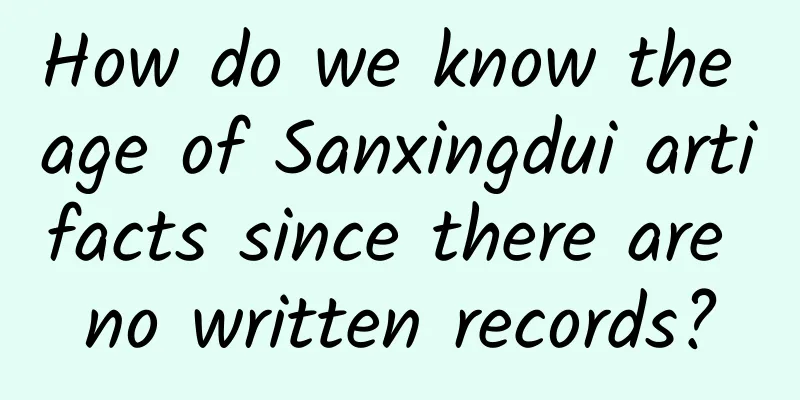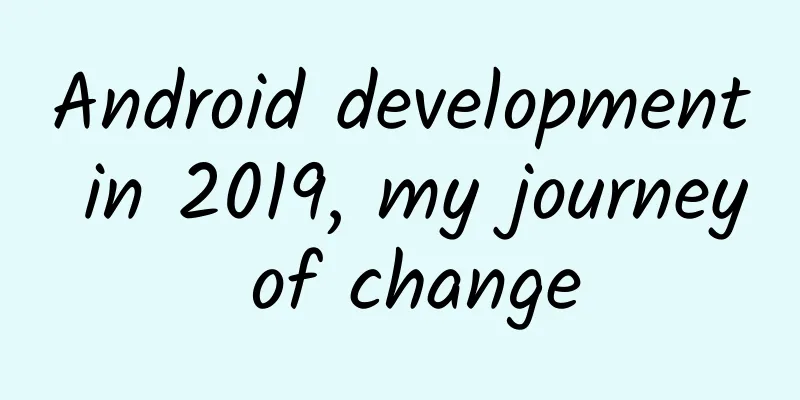How do we know the age of Sanxingdui artifacts since there are no written records?

|
In recent years, the cultural relics unearthed from Sanxingdui have been a hot topic of public attention. When were these ingenious and mysterious cultural relics made, and who created such a brilliant and unique culture? In the eyes of archaeologists, "time" is the most attractive word. On the one hand, it shows the antiquity of cultural relics. As time passes, cultural relics remain the same, and artifacts and time have reached a perfect and harmonious resonance. On the other hand, time also represents the light of science and rational thinking. Archaeologists use a variety of methods to determine the age of an artifact, a site, and a culture, thereby revealing the history and culture behind the cultural relics. Source: State Administration of Cultural Heritage official website Just like the long-standing controversy over the age of Sanxingdui culture, this time, with the help of scientific detection methods, it has been basically confirmed. In this round of Sanxingdui archaeology, archaeologists conducted carbon-14 dating on nearly 200 samples, and finally concluded that the dating data was concentrated between 1131 BC and 1012 BC. It can be seen that the determination of the age of cultural relics is not groundless subjective conjecture or unfounded speculation, but a reasonable judgment based on scientific means . In the determination of the age of cultural relics in the Stone Age and Bronze Age, the carbon-14 (carbon 14, C-14) dating method is showing its powerful ability. 1 How does the carbon 14 method reveal the time of cultural relics? Carbon (C) is an element with a high content in nature. It has three main isotopes (all with 6 protons but different neutrons), namely stable isotopes C-12, C-13 and radioactive isotopes C-14. Among them, C-12 is the most common, and C-14 is less abundant. So, where does C-14 come from? Under the action of cosmic rays, the number of protons in the nuclei of nitrogen atoms in the air changes from 7 to 6, forming a carbon isotope with a molecular weight of 14 - C-14. Schematic diagram of the formation of carbon isotope C-14 Source: Baijiahao C-14 cannot exist alone for long and reacts with oxygen in the air to eventually form carbon dioxide. Plants absorb carbon dioxide during photosynthesis, while animals and humans indirectly inhale C-14 by eating plants. When living things are alive, they will always ensure carbon exchange between themselves and the natural world through respiration, so the concentration of C-12 and C-14 in the body is balanced with that in the environment. Carbon 14 undergoes β-decay to become more stable nitrogen 14 Source: Tencent Because it is radioactive, C-14 will undergo β decay and become N-14 . Therefore, once an organism dies, the C-14 content in its remains gradually decreases , while the carbon C-12 content remains unchanged. If you want to know the time of death of this organism, you only need to measure the ratio of its C-14 to C-12 content and calculate it according to the radioactive decay formula of C-14. The time it takes for C-14 to decay to half of its original mass is called the "half-life", which has been determined to be 5730 years (the standard used in China). Schematic diagram of carbon exchange between organisms and nature and the decay of carbon 14 Source: webexhibits.org The method of measuring time by C-14 has also gone through a stage from rough to relatively accurate. When this method first appeared, it measured the beta line released during the decay process. Its disadvantages were that it required a lot of materials and the accuracy was not enough. It was not until the 1970s that the emergence of the AMS method (accelerator mass analysis method) reversed this embarrassing situation. Using an accelerator to confirm the number of C-14 atoms not only consumed less test materials, but also greatly improved the accuracy of dating. 2 Is the carbon 14 method really accurate? Although carbon 14 dating is widely used in archaeology, it is not enough to rely solely on carbon 14 dating . Because today we cannot know the carbon 14 level in the atmosphere of the environment where the cultural relics were located, we can only assume that the carbon 14 level in the atmosphere has remained unchanged for thousands of years under ideal conditions. But in fact, the concentration of carbon 14 in the atmosphere fluctuates, so the age of the remains measured using modern carbon 14 radioactive standards will have a significant deviation. To solve this problem, it is necessary to use the tree ring method to correct the age. Tree rings Source: unsplash While we cannot directly obtain the carbon 14 level in the atmosphere of that year, tree rings record the relative changes in the carbon 14 radioactivity ratio in the atmosphere of that year through their biological characteristics. Due to differences in temperature and precipitation, the density of tree rings will change during the growth process. An ancient Egyptian crocodile mummy on display at Uppsala University Source: Hui Junbo When we combine the tree ring information of the same tree species from different periods in the same climate zone and arrange them from near to far, we can make a tree ring change table with an accuracy of one or two years. With the carbon 14 age as the vertical coordinate and the tree ring age as the horizontal coordinate, we get the tree ring age correction curve. By comparing the data obtained by carbon 14 dating on the correction curve, we can get a more accurate age after correction, that is, the calendar age. The carbon 14 dating method and the tree ring age correction curve complement each other to reveal the time code of the cultural relics. 3 Dating in Archaeology After knowing the principle of carbon-14 dating, we can quickly understand its limitations: this method can only measure samples that have obtained carbon-14 from the atmosphere, such as charcoal, wood, bones, paper, leather, etc. However, the types of cultural relics are far more than these few categories, and carbon-14 dating can only accurately measure ancient objects within 50,000 to 60,000 years. Source: Xinhuanet Therefore, in archaeology, there are many other methods of dating: such as geomagnetic dating , which uses the thermal remanent magnetism of bricks, tiles, pottery and other relics in archaeological remains to date; thermoluminescence dating , which uses the thermoluminescence phenomenon of pottery and burnt earth insulating crystals to date; and the uranium series dating method, which is mainly used for Paleolithic sites to detect uranium obtained by the exchange and adsorption of dead animal bones with groundwater. Ancient Egyptian artifacts on display at Uppsala University Source: Hui Junbo Cultural relics are solidified history. After being excavated, they have gone through steps such as information collation, cultural relic restoration, and background research, before we can see their true appearance in the museum. When you enter the museum, you will be dazzled by the exquisite cultural relics. I wonder if you have noticed the small nameplates attached to the side, which generally record the location where the cultural relics were unearthed, and introduce the name and age of the cultural relics. In the past, we may have ignored these introductions, but today, after knowing the difficulty of determining the age of cultural relics, don't forget to read them carefully. |
<<: Singapore bans milk tea advertising. Can drinking milk tea cause diabetes?
>>: The closest I've ever been to the moon is through a telescope.
Recommend
The new year has just passed and the three key words of online live streaming in 2017
From the industry being ignited, to capital scram...
Is it expensive to develop the Alaer Photo Mini App? Alaer Photo Mini Program Development Cost List
WeChat Mini Program is an application that users ...
Detailed explanation of the order design model in the e-commerce platform!
As a business subsystem, the order system is very...
The camel, the "ship of the desert", was actually the most valuable pioneer before the beginning of the great voyages of discovery!
If you are trekking in the desert or in harsh env...
What are the differences in operational work between different platforms?
This question comes from a reader who said that h...
How to operate a new product?
This problem is universal, and I believe every op...
Kuaishou live broadcast operation experience and the most complete process!
In order to write this article well, I have been ...
If I suddenly have chest pain, will there be a risk of sudden death?
One minute with the doctor, the postures are cons...
Car companies, marketing rhetoric cannot solve the problem
After the fatal accident involving NIO's NOP,...
Which creative ideas are not suitable for promotion in Baidu bidding?
As a SEM bidder, after making a plan, I submitted...
How to write a WebSocket App with Scarlet in 3 minutes
In mobile applications, the data layer is the sou...
How to build a user “retention” system?
In order to attract more users, many companies ar...
Not wanting to go to work is not really because of laziness! West China Psychological Expert: 5 tips to get back on track!
It’s time to go to work again! How sad, confused,...
The "penguin on the run" at the zoo? It's actually the top cosplayer in the bird world - the night heron!
At first glance, the above picture seems to be al...
How to adjust the high cost of bidding ocpc? Done in 4 steps!
How to adjust the high cost of bidding ocpc? When...









